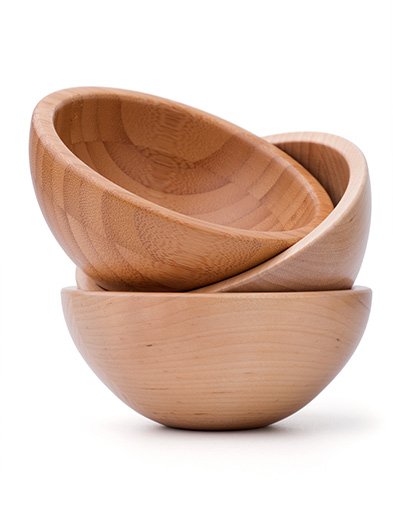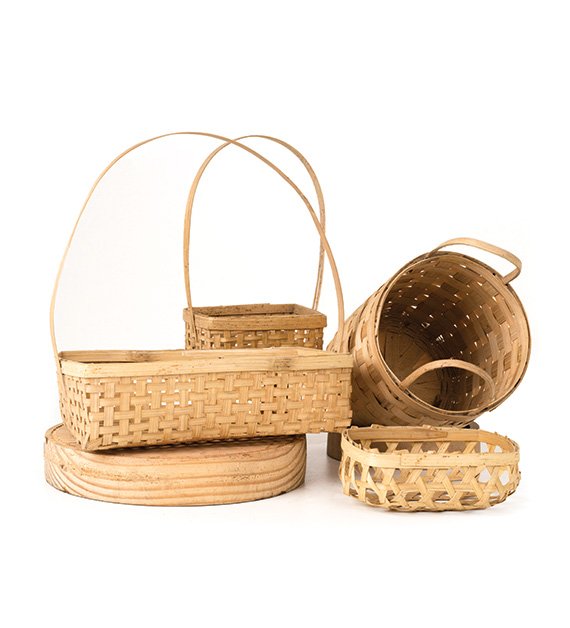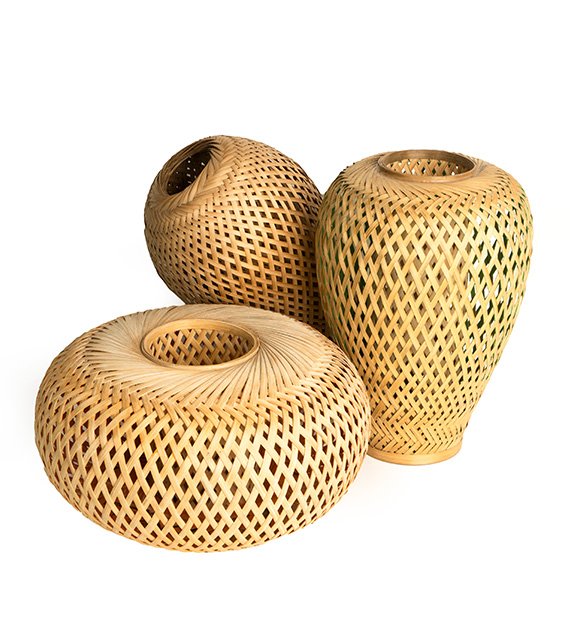Art and craft are fertile grounds for creativity and innovation.
Akorr
Art and
Craft
Art and craft are expressive forms of human creativity that encompass a
wide range of activities,
producing works that are both aesthetically pleasing and often
functional.These two disciplines
have been intertwined throughout history, with each influencing the
other in various ways.
Art
Art is a broad term that encompasses a multitude of creative
expressions, including painting, drawing, sculpture, photography,
and more. It is a form of self-expression that allows individuals to
communicate their emotions, thoughts, and perspectives.
Art
use various mediums and techniques to convey their ideas, often pushing
the boundaries of traditional norms.
Art has the power to evoke emotions, challenge societal norms, and
inspire change.
Craft
Craft, on the other hand, refers to the creation of objects with a
specific purpose, often using traditional methods and techniques.
It includes activities such as pottery, woodworking, weaving, and other
hands-on practices. Craftsmanship is characterized by a
high level of skill and attention to detail, resulting in finely
crafted, functional items.





